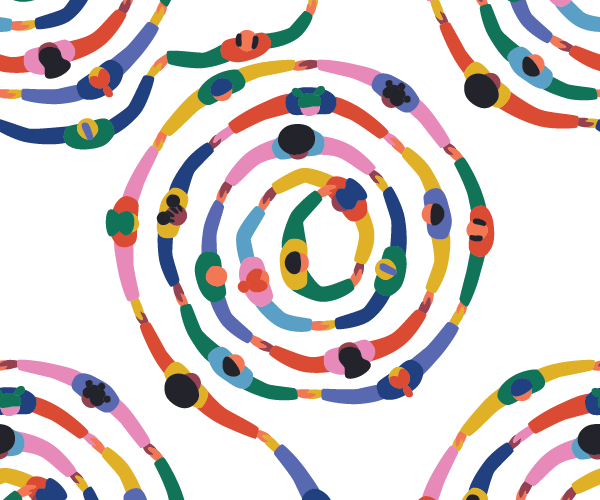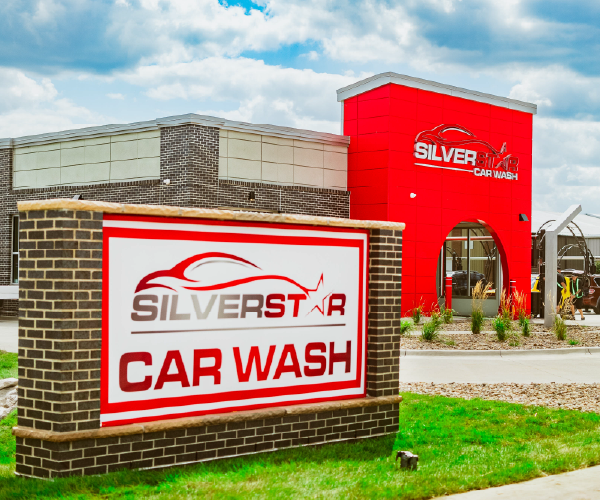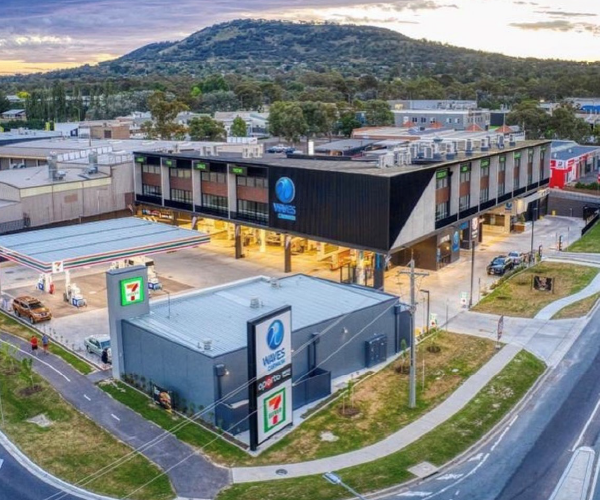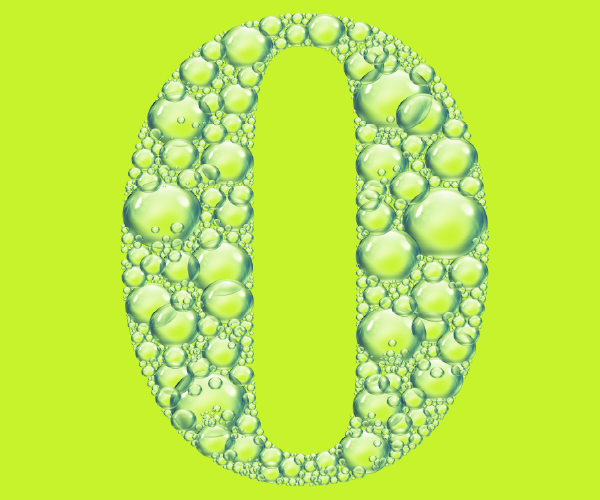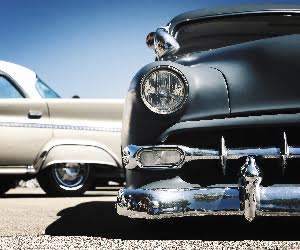
Blast from the Past - Summer 2013
April 2, 2013
4 minute ReadAs a continuing feature to CAR WASH Magazine, we will occasionally provide excerpts from The Great American Car Wash Story. Former ICA Executive Director Gus Trantham and veteran commercial writer John Beck wrote this book in 1994. It represents the most complete history we have found of the industry in North America. Enjoy.
CHAPTER 32
Playing Around the Edges with Power Washing
It might not be fair to use the expression “playing around” for the efforts of some of those inventive car wash operators that began to experiment with the idea of eliminating brushes in favor of powerful sprays of water supplied with carefully compounded solutions. For the truth is that in the beginning these efforts always seemed to involve closely supervised operations with much careful testing.
One of the early pioneers in what came to be called “power washing” was John Jurkens, who opened the Speed-Kleen Carwash in the city of Rock Island, Ill., in December 1953.
From the very beginning, John was a natural-born experimenter who liked to incorporate his own ideas in the equipment he used. He had first considered Washmobile but discovered that this could only be purchased as a complete system, and John, of course, wanted to work on some ideas of his own, so he shopped around some more. Finally he decided to put together his own tunnel and obtained a conveyor and a blower from what was then the Sherman Vacuum Equipment Company in California. He set up a very efficient car wash and soon found out that car washing could be a very profitable — as well as interesting — business.
But one question started to nag John: “Why couldn’t we eliminate all the brushes and do the washing with well-directed sprays?”
For John to ask such a question was to immediately start to try to discover the answer. His experiments were as carefully planned and studied as in a research laboratory and he soon was able to pinpoint the key problem: breaking the film.
Getting off the mud, the splatter, the worse kinds of grime didn’t seem to present any problem. Well-directed sprays at pressures of 400 to 500 psi would get off the gunk and leave a clean appearing car, but when you looked closely at the surface there was a certain dullness, and rubbing with a mitt revealed there was an oil film, which the power spray wasn’t able to remove by itself.
More powerful washing solutions would seem to have been the best answer, but John discovered at an early date there didn’t exist a major supplier with suitable premixed formulas, so he proceeded to compound his own solutions, which he formulated to break the bonds of the film.
It was at this point that a certain air of mystery appeared in John Jurkens’ operations. As a car left the vacuum and pre-soak areas, it would sort of disappear through split curtains and then reappear through another set of curtains all washed and ready to be dried.
What was the magic process hidden behind those curtains? Many customers, as well as other car wash operators, became very curious.
When asked about all of this seeming mystery, John had to chuckle a bit before he explained:
“Initially, this was because of our experimenting with pressure washing. When we turned on the pressure system, we would turn off the brushes. If customers saw that the brushes weren’t turning, they would think our system had broken down. Especially since sometimes we had them turned on and then on another day when we were testing a new formula or pressure process they would be turned off.
“Eventually, however, we learned that customers didn’t really care, in fact didn’t like to see brushes that seemed to attack their cars. But we continued to use the curtains around the power washing area because we employed such high pressure that the water would otherwise get all around the car wash.”
In a later car wash in Madison, Wis., John and his brother, Bill, began to achieve their best results with high pressure arches that used zero degree nozzles hydraulically driven to rotate at high speed without affecting the water pressure at the nozzle tips. This system, coupled with special chemical formulations they prepared, really broke down the film and got cars clean. However, John had to confess that these systems were grossly complex, over-engineered and hard to maintain. Later the Jurkens brothers moved into the Albuquerque, N.M., area with their Octopus Carwashes, and from here they began to install power washing units for other operators.
In the November 1962 issue of CARWASH, one article reported “power spray washing is sweeping the nation.” As this article put it:
“Manufacturers report that they are running from six weeks to three months behind in filling orders for power spray units. Nearly all major manufacturers have developed their own power spray units and are actively marketing them as fast as their salesmen can introduce this radical new method of washing cars to the industry.
“The association spotted this trend in a survey of members conducted in the early spring months. Over 50 of ACWA’s members reported that they were in the market for power spray units and since that time the interest has apparently increased.
“Operators who have watched the development of the power spray unit predict that it will become as common a washing tool as the automatic wheel washer or pressure blower in a short time.”

